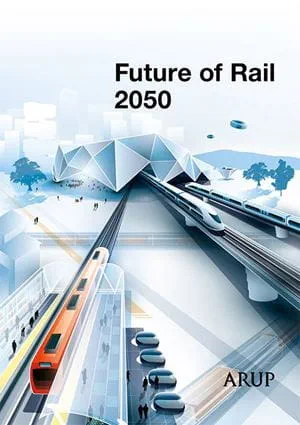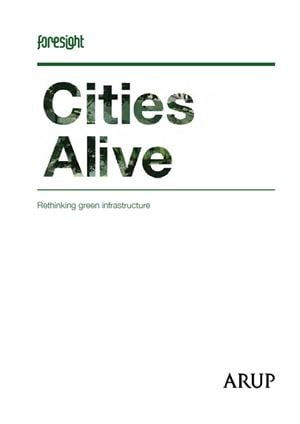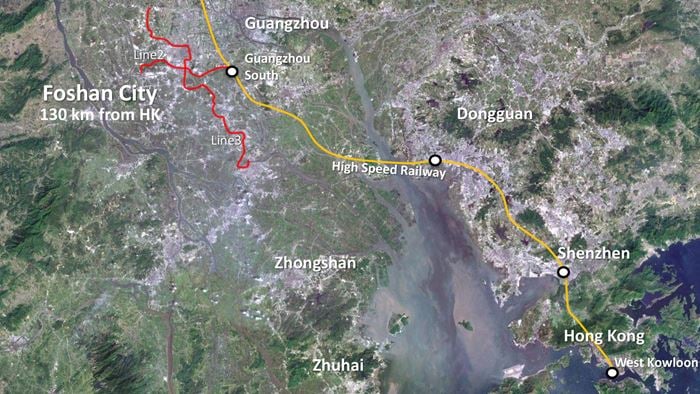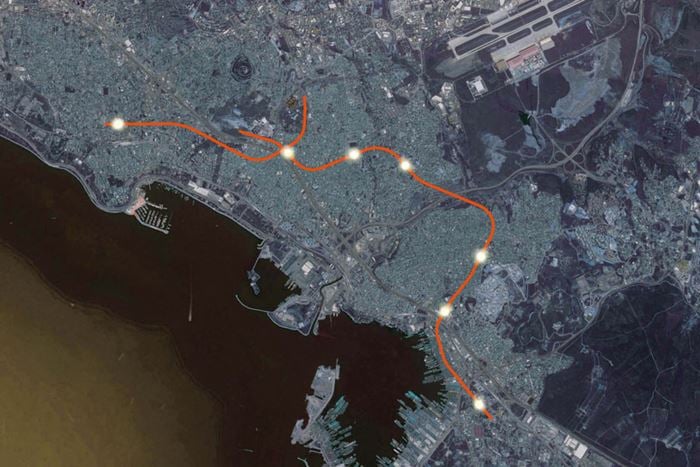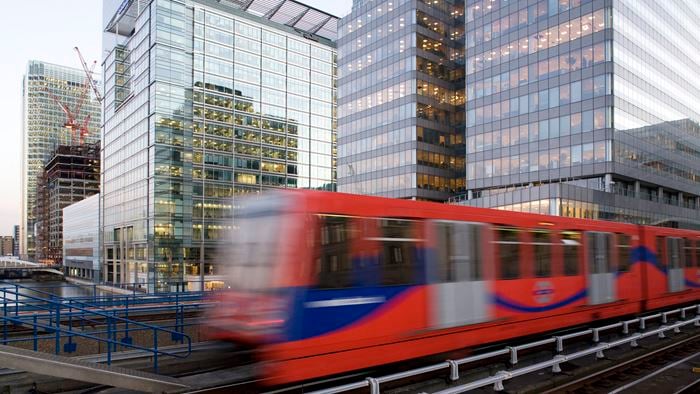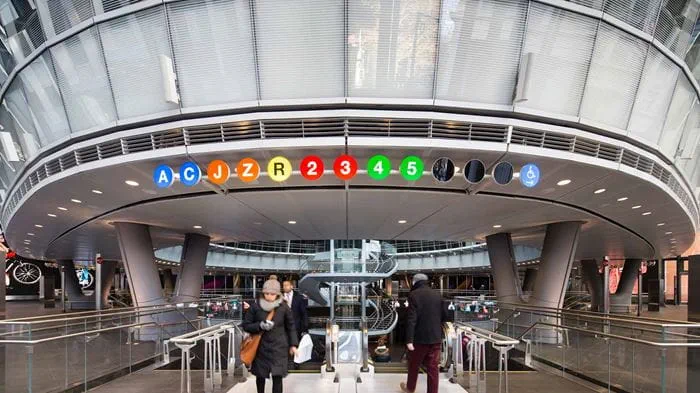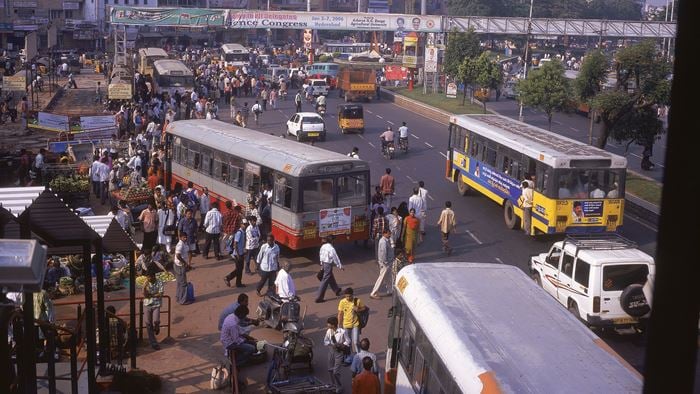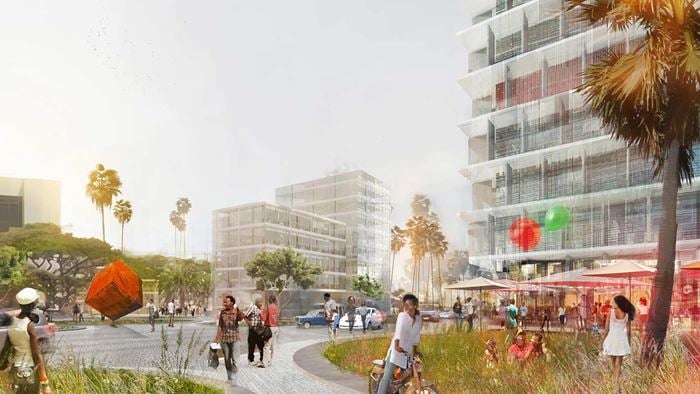With urban-dwellers predicted to account for 75% of the global population by 2050, cities and their transport networks are under more pressure than ever before. As urbanisation places added strain on already hard-pressed infrastructure, urban rail lines and stations are helping cities grow successfully.
In the video below our experts explore how metro systems, suburban rail and other urban rail systems can spark regeneration, ease congestion and keep commuters moving. As they highlight, urban rail can help cities work seamlessly by improving connectivity with other modes of transport.
Kick-starting regeneration
Around the world, city authorities are using urban rail to open up under-populated or neglected areas and kick-start regeneration as an integral part of urban planning. By providing a fixed and reliable transport corridor, urban rail systems give property developers and other businesses the confidence they need to invest in an area.
In some cities, the landscape has held back regeneration. This was the case in Hong Kong, where the topography of the hilly Western District made it difficult to create good public transport links. Now the deep West Island Line is overcoming this barrier, with high-speed lifts at its stations providing quick access to the trains below, whose rapid journey times promise to help attract investment.
Elsewhere, new rail lines and stations can become gateways to underused areas in a process known as transit-orientated development. In New York, our engineers have tackled some of the most difficult tunnelling conditions in the world to bring the No 7 subway line extension into the formerly industrial area of Manhattan’s West Side. Investing in the project’s enormous potential to create a dynamic new neighbourhood, city authorities are spending US$2.1bn on this, the first city-funded subway track in 25 years.
Urban rail can also connect previously disjointed districts. In Copenhagen, the new loop of the Cityringen metro will join up older arterial development. Its 19 architecturally striking stations, which we’re designing, will connect redeveloped areas such as Nordhavn to the rest of the city. Eventually, 85% of all homes, workplaces and higher education institutions in Copenhagen will be within 600m of a Cityringen station.
Planning for the future
New ideas and technology will enable cities to make best use of the opportunities that urban rail creates.
Tackling congestion
With congestion bringing many cities to a standstill – at an estimated cost of US$2.8tn by 2030 in the US alone – urban rail is proving a crucial weapon in the fight against gridlock on the roads and overcrowding on other public transport. It offers people a rapid, comfortable alternative where they can relax or use the time to work using wi-fi.
This is what urban rail promises for Bangkok, where traffic currently grinds to a halt for hours at a time during peak periods. We’re working on the northern half of the city’s first subway network – the Blue Line. This will eventually form a loop and provide an attractive alternative to driving that will get commuters off the congested roads.
For cities whose economies are expanding, rail offers a much-needed boost in capacity for transit networks. Kocaeli in Turkey is suffering from bottlenecks and transport problems as its industrial sector expands and immigration swells its population of 1.6 million. The proposed solution, which we’re advising on, is a 33km light rail transit scheme with 23 stations that will link the main districts of Kocaeli. It will provide access to employment areas, to the airport and to rapid inter-city rail connections.
With connectivity vital for a city to remain competitive on a global scale, urban rail can thread fast, high-capacity transport links through even the most built-up, historic cities. This is what Crossrail will do for London when it opens in 2018. At peak hours, 24 200m-long trains will speed through the central underground section of the line, increasing London’s rail capacity by 10%.
Getting personal: Personal Rapid Transit
Could the driverless pods of personal rapid transit soon be a common sight?
Personal rapid transit uses low-energy driverless pods running along guideways to carry individuals and small groups of people quickly to their destinations.

We designed the infrastructure for the world-first Heathrow pod, the personal rapid transit (PRT) system linking Terminal 5 (T5) with the T5 business car park. And now we’re working on a futuristic autonomous pod system for the city of Milton Keynes.
Systems like these can be powered by clean energy and could use magnets to levitate along a high-speed guideway. This would eliminate vibration, pollution, noise and the usual wear caused by moving parts.
The system at Heathrow has a fleet of 21 pods, each capable of carrying four passengers and their luggage at speeds of up to 25mph along the mainly elevated route. For airport operator BAA the on-demand vehicles improve passengers’ experience and help reduce emissions by replacing a fleet of shuttle buses.
The Milton Keynes scheme, which we’re working on in collaboration with the Transport Systems Catapult, The University of Cambridge and the Automotive Council UK, will use two-person autonomous pods running on special pathways.
It’s envisioned that by 2017 one hundred fully autonomous pods will travel alongside people on city streets and employ sensors to avoid obstacles. The vehicles would travel at a maximum speed of around 20kph and passengers could check emails or read newspapers while travelling to their destination.
Keeping people moving
Urban rail helps keeps a city working smoothly as a system, easing the flow of people between different modes of transport and into less congested areas. It does this by creating a transport spine with links to buses, heavy rail and other forms of transit at interchanges such as Yujiapu, the Fulton Center or the Transbay Terminal.
A new light rail system in Canberra, Australia, called the Capital Metro will improve the developing northern suburb of Gungahlin’s connections to the city centre. This will encourage people to leave their cars behind and travel by train into the city’s central retail and commercial precinct, known as Civic.
Light rail systems offer fast and frequent connections. The Gold Coast Light Rail project in Australia has trains running as often as every 7.5 minutes. It provides easy access to the new Gold Coast University Hospital, Griffith University, Southport medical precinct and the fast growing centres of Southport, Surfers Paradise and Broadbeach.
“Light rail is going to provide residents living on the Gold Coast with more public transport options. Imagine what it's going to do for tourism. ” Annastacia Palaszczuk Premier of Queensland
Our regional leaders
We increasingly work with cities around the world who are using urban rail to future-proof themselves, building in provision for further growth while opening up work and leisure opportunities for their citizens. It is our belief that today more than ever a world-class city needs a world-class urban rail system.
Cities
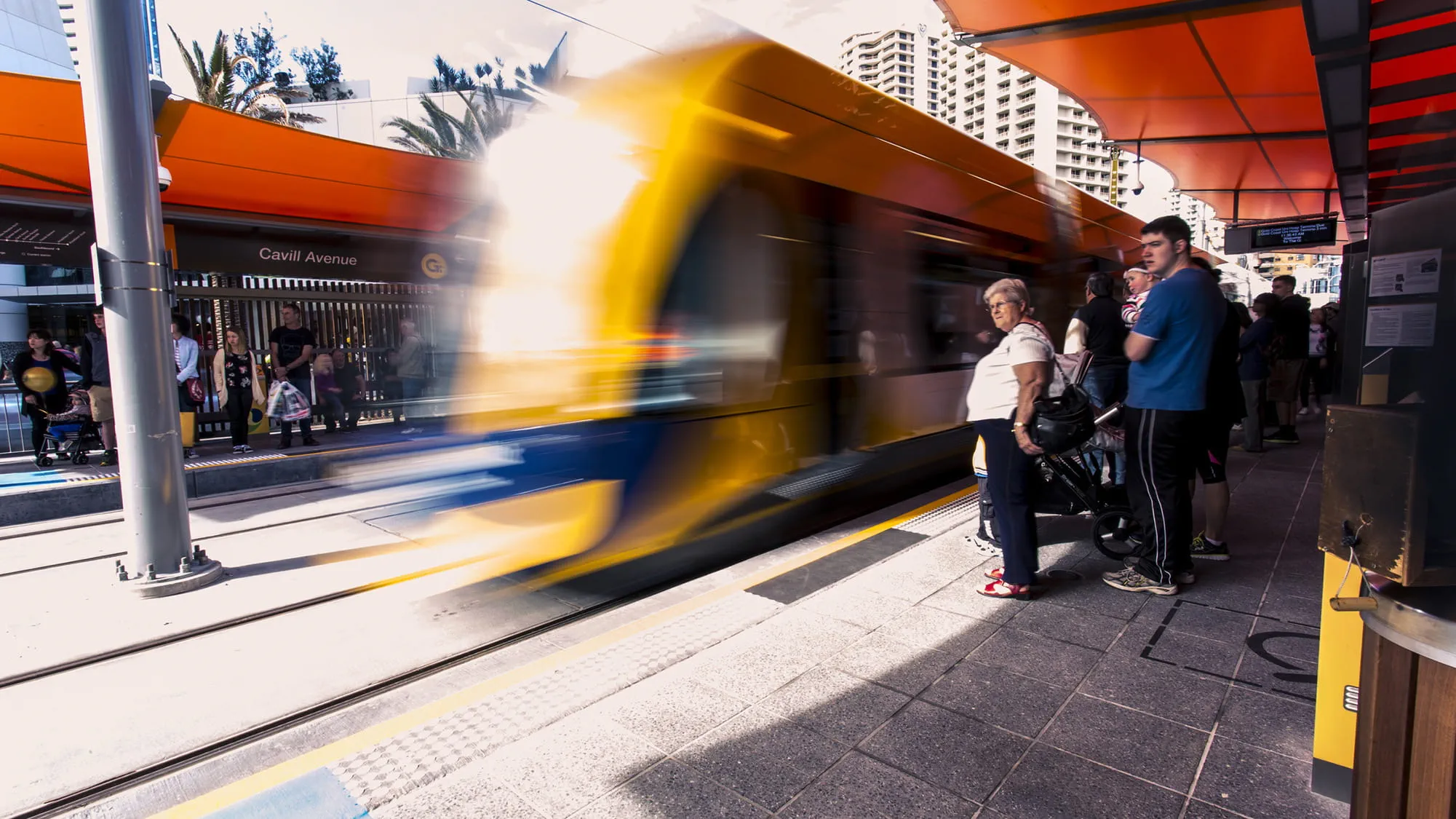 ;
;






